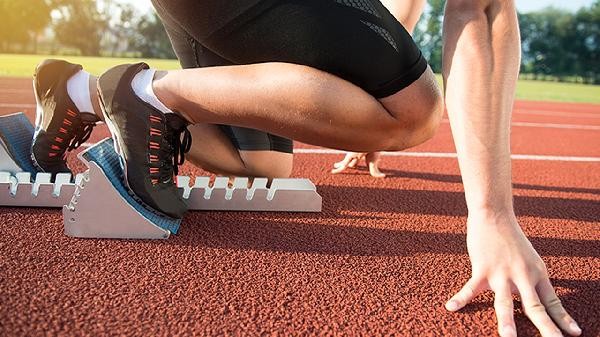After running, thigh muscle strains can be relieved through cold compress, pressure bandaging, raising the affected limb, medication treatment, rehabilitation training, and other methods. Muscle strains are usually caused by insufficient warm-up before exercise, excessive muscle fatigue, incorrect posture, uneven muscle strength, external impact, and other reasons.

1. Cold compress
During the acute phase, apply ice packs to the affected area within 48 hours, 15-20 minutes each time, and repeat every 1-2 hours. Low temperature can constrict blood vessels, reduce bleeding and swelling, and lower nerve sensitivity to alleviate pain. Be careful to avoid direct contact between ice cubes and the skin, and wrap them in a towel to prevent frostbite.
2. Pressure bandaging
Using elastic bandages to apply moderate pressure to the injured area can not only limit tissue fluid leakage and reduce swelling, but also provide support and protection for damaged muscles. Wrap the bandage from the distal end to the proximal end, with a tightness that does not affect blood circulation. Remove the bandage during nighttime sleep.
3. Raise the affected limb
When lying down, elevate the injured lower limb above the level of the heart, using gravity to promote venous return and accelerate interstitial fluid absorption. It can be performed simultaneously with cold compress, paying attention to maintaining a comfortable position of the limbs and avoiding compression of nerves and blood vessels. It is recommended to keep the swelling elevated until it significantly subsides.

4. Medication therapy
When pain is significant, non steroidal anti-inflammatory drugs such as ibuprofen sustained-release capsules, diclofenac sodium enteric coated tablets, celecoxib capsules, etc. can be used according to medical advice. Severe strains may require local injection of glucocorticoids, and when combined with hematoma, Yunnan Baiyao aerosol and other blood activating and stasis removing drugs may be used. Do not self administer potent analgesics.
5. Rehabilitation Training
After the acute phase, gradually perform traction training and isometric contraction exercises, and add resistance training during the recovery phase to improve muscle elasticity. Low impact activities such as walking in water and stationary bicycles can promote functional recovery. The training intensity should not cause pain, and the combination of hot compress and massage has a better effect. After muscle strain, high-intensity exercise such as running should be suspended, and protective gear should be worn during daily activities. Pay attention to supplementing high-quality protein and vitamin C in diet to promote tissue repair, and increase intake of foods such as milk, eggs, and broccoli in moderation. Before resuming exercise, it is necessary to re evaluate the muscle condition. It is recommended to develop a gradual training plan under the guidance of a professional rehabilitation therapist to avoid secondary injuries caused by premature weight-bearing. If there is persistent swelling, subcutaneous congestion spreading, or limited joint movement, seek medical attention promptly.







Comments (0)
Leave a Comment
No comments yet
Be the first to share your thoughts!